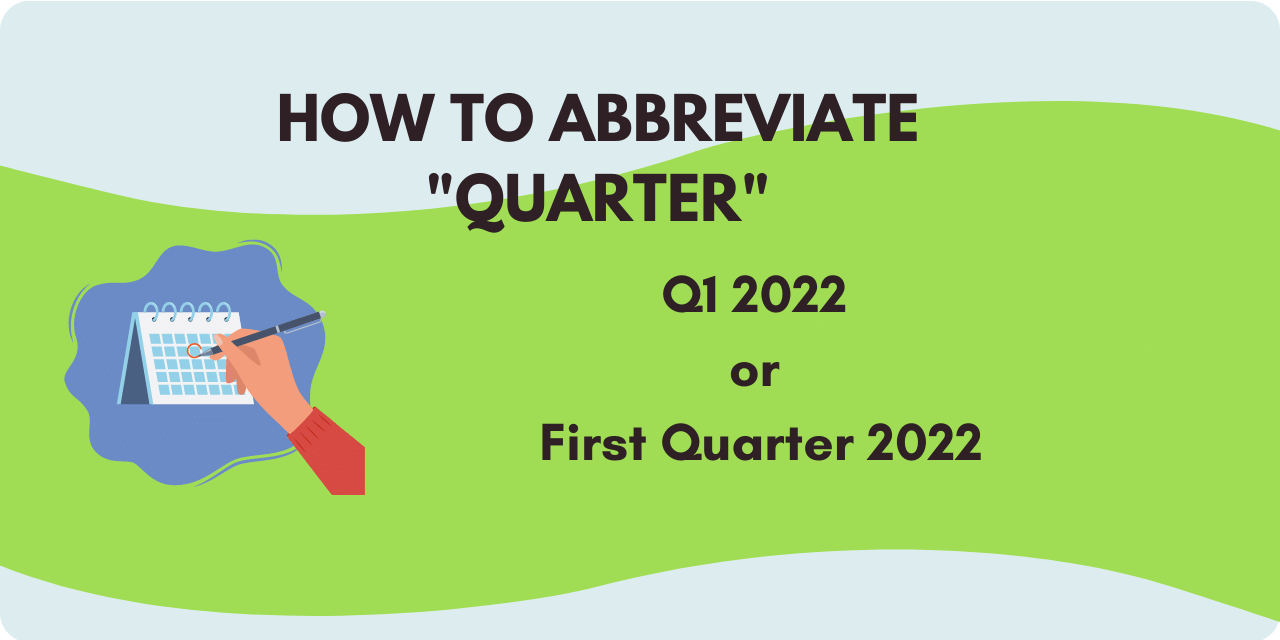Contractions in business writing… to use or not to use… that is the question. The art of business writing challenges you to strike that perfect balance between sounding friendly and approachable while maintaining a high level of professionalism. Contractions can be a useful tool to help you do just that. But should they be used in business writing?
What Are Contractions?
There are contractions… the baby is coming and there’s no turning back now. And there’s contractions… those evil things your English teacher told you to never, ever use in writing. They said contractions would make your writing sound sloppy, too informal, and maybe even indicate a lack of intelligence. Oh, no, you didn’t, Mrs. Smith!
Contractions have gotten a bad rap. And it’s simply not warranted. Their crime: Shortening a word or phrase in which an apostrophe indicates the letters or words missing. Here are a few common contractions:
- Don’t (instead of do not)
- Shouldn’t (should not)
- I’m (I am)
- Let’s (let us)
Should Contractions Be Used in Business Writing?
As business communication and business writing have evolved, contractions have continued to gain acceptance and popularity. It’s quite common to find contractions used in business today. And even the majority of the style guides have no objection to their use.
We use contractions every day—it’s simply how we speak. Contractions are often easier to pronounce. They simplify a sentence. And they make writing more easily readable. It’s “plain language” that can help a reader to relate to the subject or document.
Business writing needs to be clear, concise, and often clever. It needs to direct, compel, and influence. And retain the reader’s attention. Not an easy thing to do! However, judiciously using contractions can help you to do all of that. So, don’t run in fear of contractions (despite that stern warning from your well-meaning teachers). Instead, use contractions to your advantage and take your business writing to the next level.
How to Use Contractions
Use contractions in your business writing as naturally as you would speak. They should mimic how you would talk with a colleague, customer, or friend. Contractions can help your writing to sound positive, engaging, compelling, and overall authentic. If your writing is overly formal, it could intimidate your reader.
Consider the following examples. Which sentences sound friendlier? Have a conversational, relaxed tone? Or sound similar to how you would speak?
- Let us go together to the boardroom.
- Let’s go together to the boardroom.
- The sales manager is not perfect, but he is doing a great job.
- The sales manager isn’t perfect, but he’s doing a great job.
Did you notice how the sentences with contractions read smoothly? Had a more positive vibe? When used appropriately, contractions can give you common ground with your reader. They can make the subject relatable. And when your reader or audience feels that sense of connection, they are more likely to listen to your message.
When to Avoid Using Contractions in Business Writing
A great meal can be ruined by adding too much salt. The same goes for using contractions. Using too many contractions in one document can be overwhelming. So, if you choose to use contractions, do so responsibly. And avoid contractions that are simply over-the-top. For example:
- Ain’t
- Shouldn’t’ve (should not have)
- Mightn’t’ve (might not have)
These are way too informal. They ignore the criteria for proper grammar—especially for business writing. Using these forms of contractions will only rob you of your credibility as a business professional.
Know Your Audience
Most people are used to contractions. They hear them in spoken English routinely. They understand the meaning. People often write letters or emails in the same “voice”—naturally interjecting contractions to make the text sound relaxed, sincere, and honest.
So, when writing for business communication, you need to consider who your reader or audience will be. Ask yourself:
- Does my reader easily understand English (a native reader)?
- Am I writing to non-native readers who may not grasp the difference between a contraction ending in ‘s versus a possessive noun (g., she’s a reader, the dog’s toy)?
- Will the reader find my use of contractions to be too casual?
You need to match your business writing to your audience. In addition, when writing for an international audience, be very selective and cautious in using contractions. In this situation, it might be best to leave them out.
Finding the Right Balance
When deciding whether or not to use contractions, aim for balance. Avoiding contractions altogether can cause your writing to suffer; it will lack naturalness and warmth. However, overusing contractions can make you sound too laid-back.
It’s always a best practice to follow the style guide that your company or boss expects. Having consistency is vital to a business’s brand, and that includes all business writing and communication.
So, should you use contractions in your business writing? Yes, no, and maybe are all acceptable answers. Your decision to use contractions will depend on your purpose, your tone, and your audience. And with careful consideration, you’ll master the art of effectively using them.






